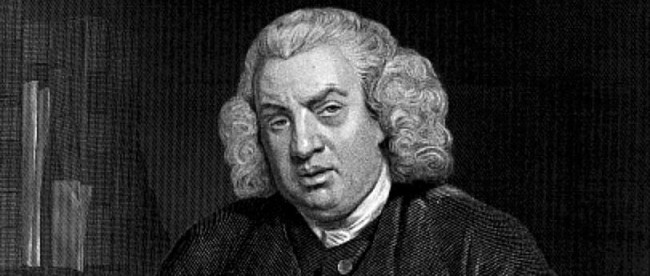The Reporters

In the 200 years since the founding of the Press Gallery, celebrated novelists, politicians, pamphleteers, poets, and lawyers spent time as parliamentary reporters.
Samuel Johnson supplemented his income by working anonymously as a parliamentary reporter for Edward Cave’s Gentleman’s Magazine in the 1740s, although he “never was in the gallery but once”.
The poet Samuel Taylor Coleridge worked briefly as a gallery reporter around 1799-1800, but hated the place for its punishing hours. “I shall give up this newspaper business; it is too, too fatiguing,” he declared.
William Hazlitt, the journalist whose essays on parliamentary eloquence captured the difficult qualities of parliamentary performance, studied the work of MPs at first hand in about 1813 when he worked as a gallery reporter on the Morning Chronicle.
Before Rural Rides brought him fame, William Cobbett tried his hand at parliamentary journalism. In 1800 he launched Cobbett’s Weekly Political Register, and two years later started including debate reports – lifted straight from other newspapers. The following year he published them separately as Cobbett’s Parliamentary Debates,printed by Thomas Hansard.
The young Charles Dickens took 18 months to teach himself shorthand before securing a job as a gallery reporter in about 1831, “when a boy not eighteen”, with the weekly rival to Hansard, the Mirror of Parliament, edited by his uncle. He spent at least three months with the True Sun – where he covered the passage of the third Reform Bill – before returning to the Mirror.
